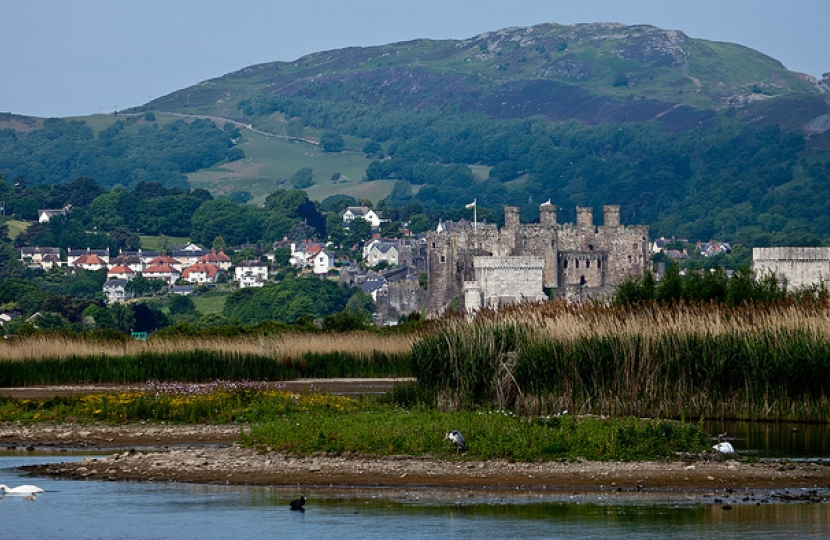
A new study released this week has revealed that thousands of species in Wales are now at risk of extinction.
The report, the first of its kind in the UK, identifies the country’s rarest species, including the high brown fritillary butterfly and the Snowdon leaf beetle, based on how geographically restricted they have become, according to Natural Resources Wales.
The study found that 3,000 species now exist in five locations or fewer, leaving them highly vulnerable to habitat loss, climate change, and sudden catastrophic events such as storms.
Since the start of the millennium, Wales has already seen the loss of 11 species, with the European turtle dove and the belted beauty moth now considered geographically extinct.
The report also highlights key locations such as Newborough Warren on Anglesey, which is home to 130 at-risk species.
Janet commented:
“This report is a stark warning about the state of Wales’s natural environment. With thousands of species now restricted to only a few locations, the risk of extinction for many species is closer than people realise, and the loss of these species would be devastating for our natural heritage.
The fact that Wales has already lost 11 species since the millennium shows how quickly this decline is happening. Habitat loss, climate change, and extreme weather events are putting immense pressure on our wildlife, and without decisive action, more species will disappear.
We urgently need stronger protections, better habitat restoration, and closer collaboration between government, conservation groups, and local communities. By acting now, we can still protect Wales’s biodiversity and secure a healthier environment for future generations.”
https://cdn.cyfoethnaturiol.cymru/4bqlg3ic/nrw-evidence-report-818-spec…